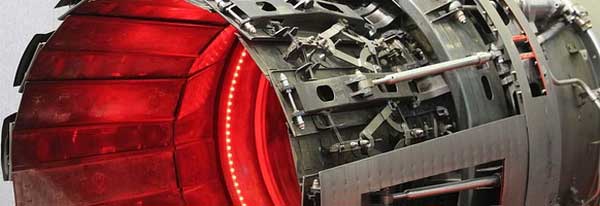Is Inconel® 625 the same as Nickel 625?
The chemical properties, mechanical properties and applications are within the same quality standards, so both materials are the same. Inconel® however, is a trademark that can only be used by one manufacturer namely Special Metals Corporation.
There is still some confusion among buyers, engineers and processors when it comes to superalloys. Why does it say Inconel® 600 on the report and the factory test reports call it Nickel 600 or ATI® 600? Can one be substituted for the other?
The answer to this is a resounding yes. ASTM and AMS specifications guide the manufacture of these high-performance alloys. Reputable factories absolutely ensure that the material they produce meets these stringent standards. What is important in the name is not what comes before the alloy number, but the alloy number itself.
Why the Names?
Most of the high temp alloys were formulated after 1940 to support the high demands of aerospace engines. Jets needed to become more powerful, reliable, and durable. This required machined metal parts that surpassed the current technology.
The nickel superalloys were developed to stand up to high pressure, highly corrosive, and high kinetic energy uses. The mills that developed these alloys trademarked them when granted their patents. Those trademarked names are still commonly used today, even though the patents have long expired.
Summary
Most distributors, use generic names such as "Nickel 400" instead of "Monel® 400," or "Alloy C-276" instead of "Hastelloy® C-276." This is done because the patents on these high-quality nickel alloys have expired.
What's really important is that the materials in the supply chain, used for products that have a huge impact on our lives, are made to the highest quality standards. And that they are tested and certified to internationally recognized specifications.
